Tips for Conquering A Childs Fear of Water
If your child is afraid of water, try these tips to overcome this fear
To many children, there is nothing more fun than jumping in the pool or running headfirst into the water at the beach. For other children the mere mention of going into any body of water may fill them with anxiety or fear to the point of hysterics. If your child falls into this latter category don't fret! There IS hope and we believe with the right foundation every child can develop a love of the water. Read on for some useful tips that will help your child on their aquatic journey!
One Step At A Time
The overarching goal when introducing a child to the aquatic environment is simple: Make them comfortable! Start with a smaller environment like the bathtub or a small kidie pool in the backyard. Another key element is to make sure the water is as warm as possible as warm water is much more relaxing than cold water, and only fill it up to their legs to give them the sense that they are bigger than the environment.
Use Toys
Now that you've got them in a shallow, warm water environment try introducing one of their favorite toys. Some toys should be able to float on the surface while other toys are submerged and stay on the bottom. Introducing these stimuli should help the child visually sense what is happening around them.
Pour Water
One of the easiest methods to introduce pouring water is with the use of a gardening spout. Add small amounts of water, no more than a cup at a time so that the child can experiment with pouring water over his skin. Use caution and introduce water to different areas of the body making sure to avoid the face until they are ready for it. When the child is ready for water on the head use a gradual approach and begin pouring over the back of the head & slowly let some of it dribble forward towards the face. This step can be stressful for the child as a huge piece of sensory development is going on.
Blow Bubbles
Another huge milestone in sensory development is the act of the child wilfully putting their face in the water. An easy way to work on this skill is to make a game of blowing bubbles. A no fail method is the "Talk to the Fish" game. Simply let the child know you are going to talk to the "fish" by lowering your face into the water and blowing. This helps the child naturally understand how the water works and whether or not they need to fear it.
Next Step: Poolside
Once the child is comfortable with the above, it is time for them to move up to something a little more challenging. Sitting on the edge of the pool and dangling toes in the water is a great first step in showing your child that there is nothing to fear. Don't push them to do more until they are comfortable. Once they are comfortable with that, try sitting on the top step of the pool entrance & encourage them to do the same. As the child becomes more comfortable, continue to progress a little deeper with the goal of getting them to stand on their own while in the pool.
Everything is Better with Friends
Kids are more likely to try something new when there are other children actively participating. This effect is amplified further when they see their own friends taking part so feel free to invite friends or siblings to participate in the activity. The social bonding experience and learning through observing peers has a huge impact on whether or not a child will be comfortable.
High Quality Swim Lessons
Our swim instructors are trained not only to TEACH your child how to swim but they are also prepared to help your child overcome fears. Replace your sense of anxiety with a sense of peace and accomplishment through once-a-week lessons with a highly trained swim instructor. By providing your child with the skills they need to swim, you can achieve this goal and rest assured knowing you will build years of memories around the water and a lifetime of swim enjoyment.
To learn more about our swim lesson programs and register your family for Fall swim classes, visit our learn-to-swim levels page.
For more information on water safety, follow us on Facebook.
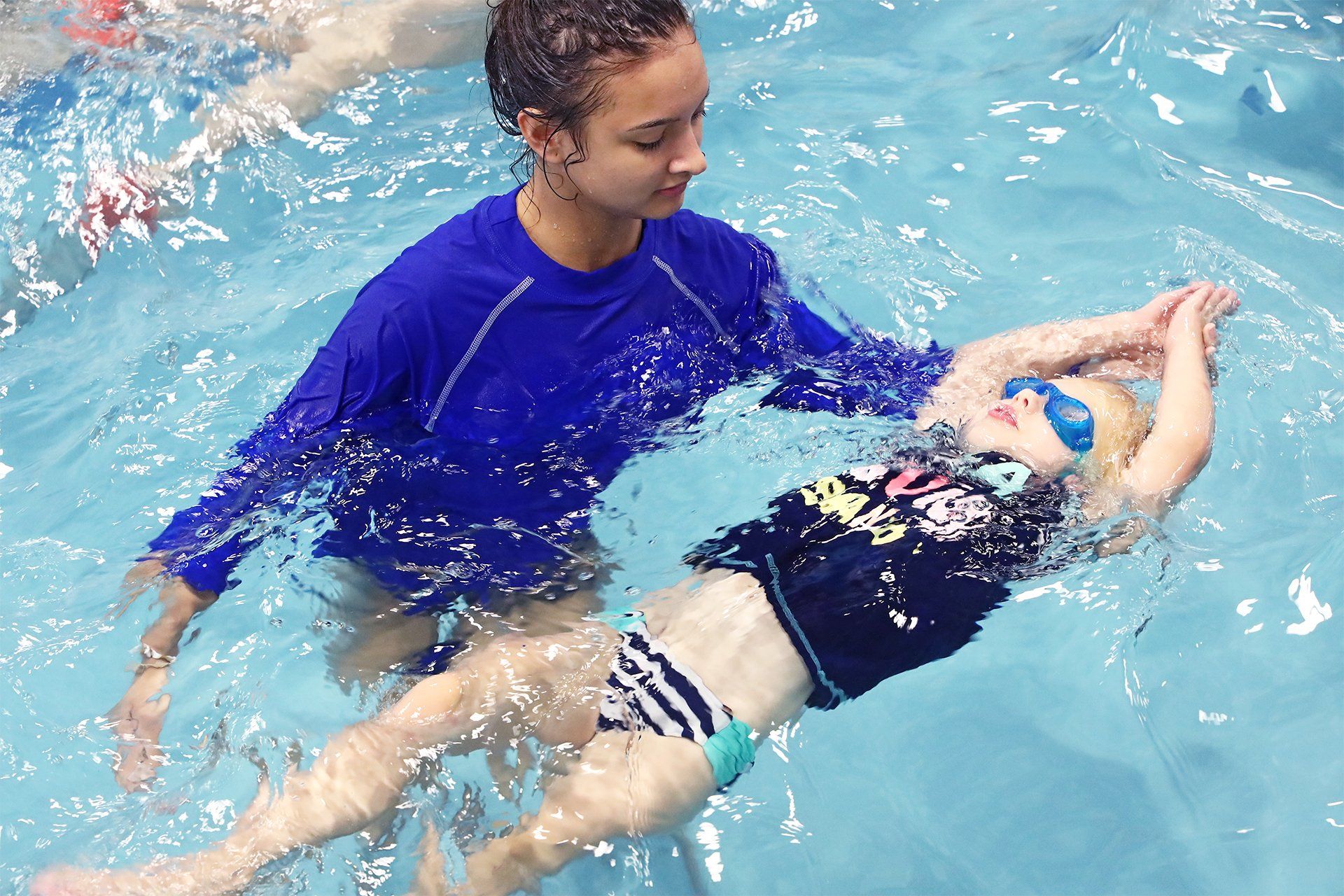
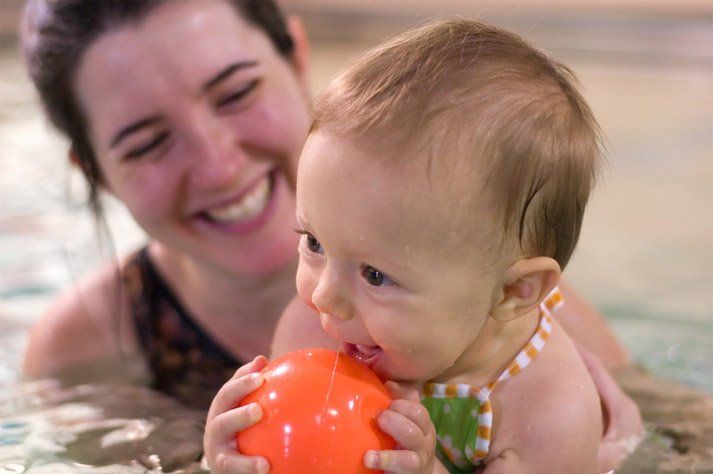
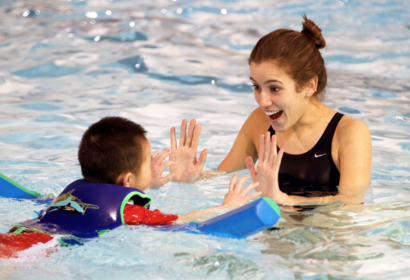

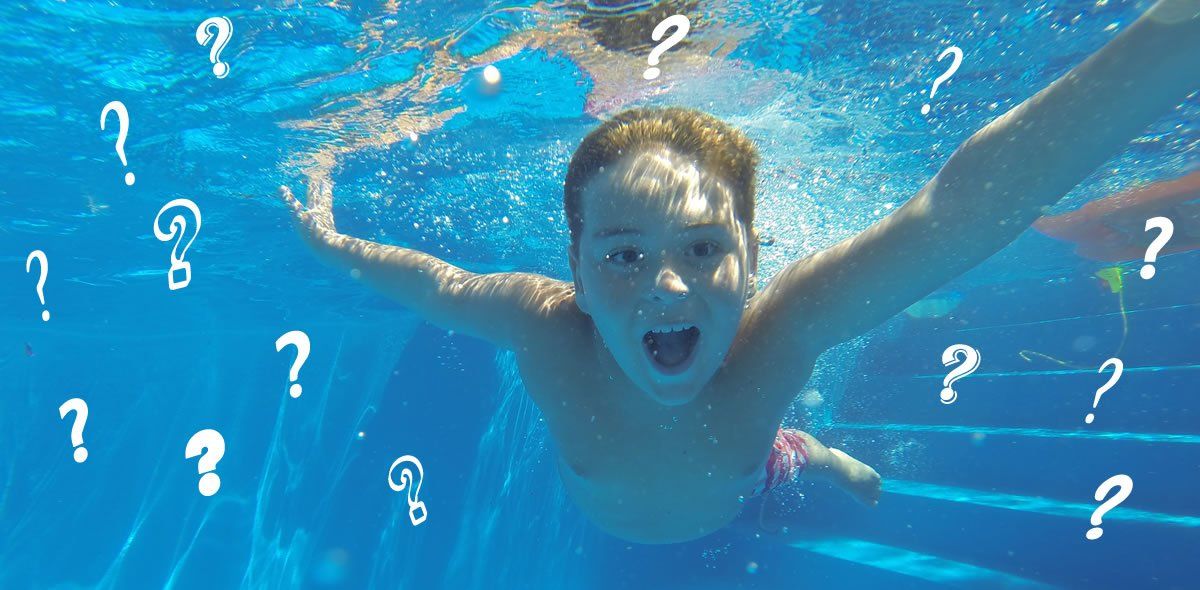
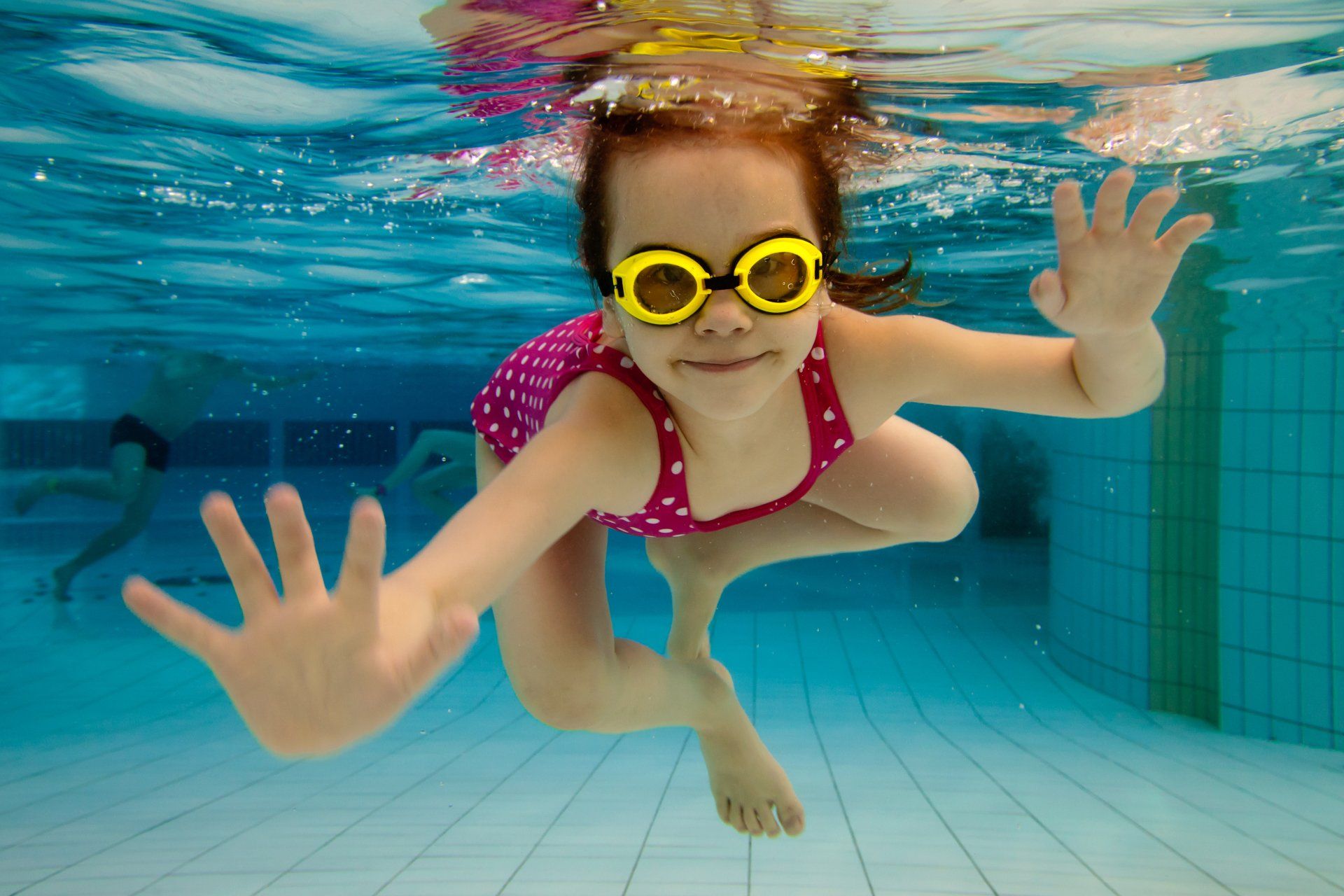
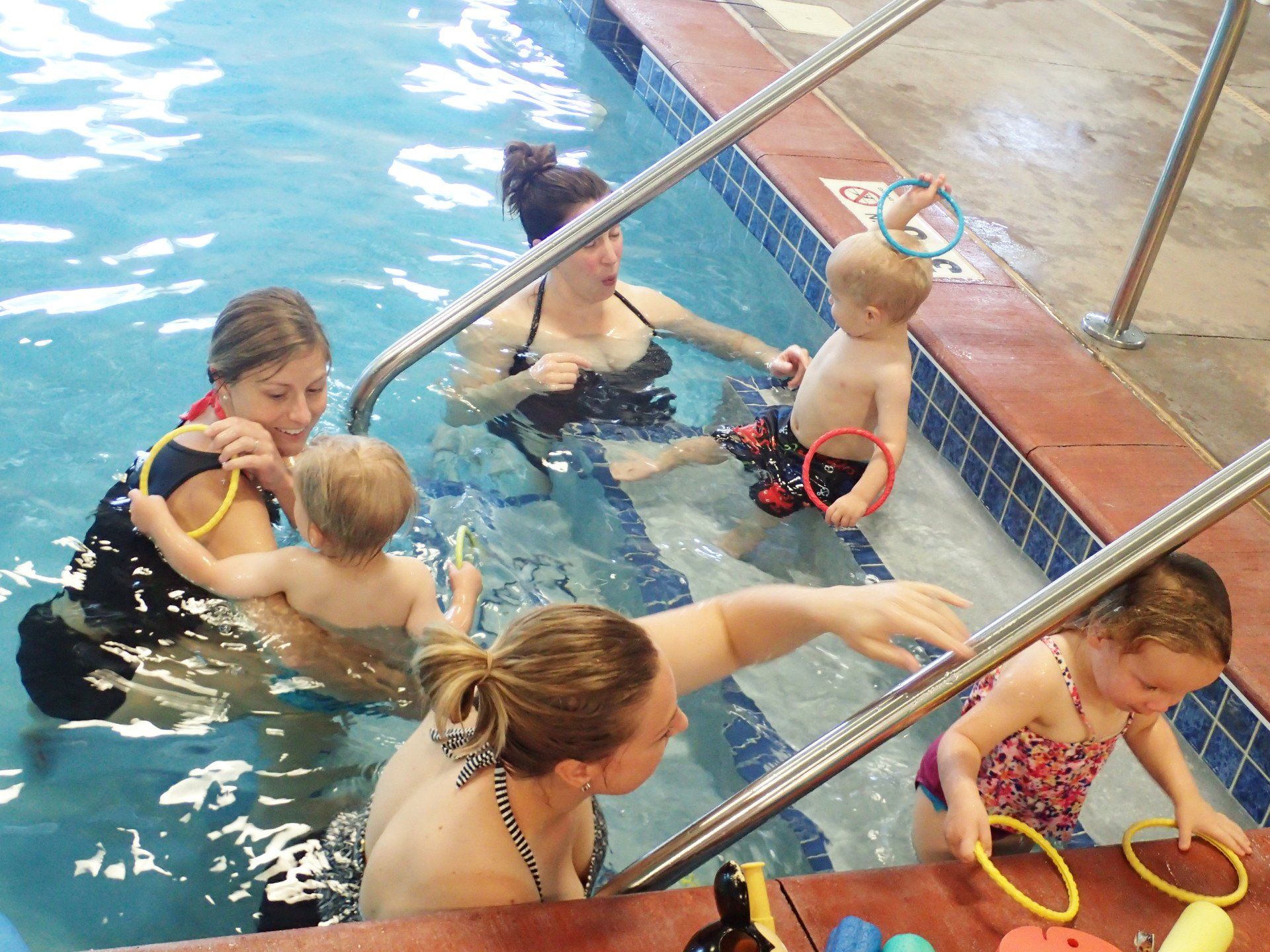






 Home
Home Swim Programs
Swim Programs Events
Events Schedules
Schedules Contact
Contact


